Private military companies: choice of weapons

In September 2021, an article was published on the pages of Military Review "Private Military Companies: The Export of Aggression", which considered the problems, prospects and feasibility of legalizing Russian PMCs. A little more than a year has passed since the publication of that article, and the effectiveness of structures of this type has become clearly visible on the example of Wagner PMC.
It is characteristic that when it came to the expediency of involving prisoners to participate in hostilities, the founder of the Wagner PMC, Yevgeny Viktorovich Prigozhin, through his press service (the telegram channel Prigozhin's Cap) expressed an opinion that was very consonant with one of the theses formulated in the above material.

Screenshot from the telegram channel "Prigozhin's Cap"
And here is a quote from the article "Private military companies: the export of aggression":
In this case, most often everything ends well. A person takes his place in life, receives his due reward, uses his inclinations and abilities where they are useful. However, there are not enough vacancies for special forces and athletes for everyone - in the modern army, more technical specialists are required - operators of weapons systems than "Vikings".
As a result, a huge layer of people take out their negative qualities on others, deliberately, or accidentally fall into a criminal environment, destroying society from the inside and forcing the state to spend money on its neutralization...
...By removing the article on the prohibition of mercenarism, the state will allow a significant part of the population to earn legally, to carry out the "export of violence" beyond its borders... "
One thing is for sure, in the legal field, or outside it, but in fact, PMCs in Russia exist and, most likely, will continue to exist in the future, and the need for their services will only increase.
So why is it still expedient to legalize Russian PMCs?
The right to choose
Another thesis voiced in the material “Private Military Companies: Export of Aggression” is the need to provide PMCs with the right to initiate the development and order weapons from enterprises of the Russian military-industrial complex (MIC) and private companies.
First, PMCs are not officially allowed in Russia.
Second, initiate the development weapons and weapons can only state power structures of the Russian Federation.
But the Ministry of Defense of the Russian Federation, with all its desire, will not be able to cover and pay for many interesting concepts and developments - there simply will not be enough money. And not all of them are necessary for the armed forces.
At the same time, the specifics of PMCs may require the development of weapons that the RF Armed Forces do not really need, at least at first glance.
For example, lack of support aviation, opposition to numerically larger enemy groupings, action in the face of confrontation with several centers of power. In Syria, for example, the United States and NATO, Israel, Russia, Turkey and many other countries operate simultaneously. Not to mention dozens or even hundreds of independent armed groups.
Only the most effective weapons and equipment will help to survive and ensure victory in this situation. It is necessary not only to legalize PMCs, but also to provide them with the opportunity to initiate and pay for the development of weapons for enterprises of the Russian military-industrial complex ... "
And just recently, the same founder of PMC Wagner, through his press service, announced the creation of a certain structure, PMC Wagner Center, whose task is to generate and develop defense technologies aimed at strengthening the national security of the Russian Federation.
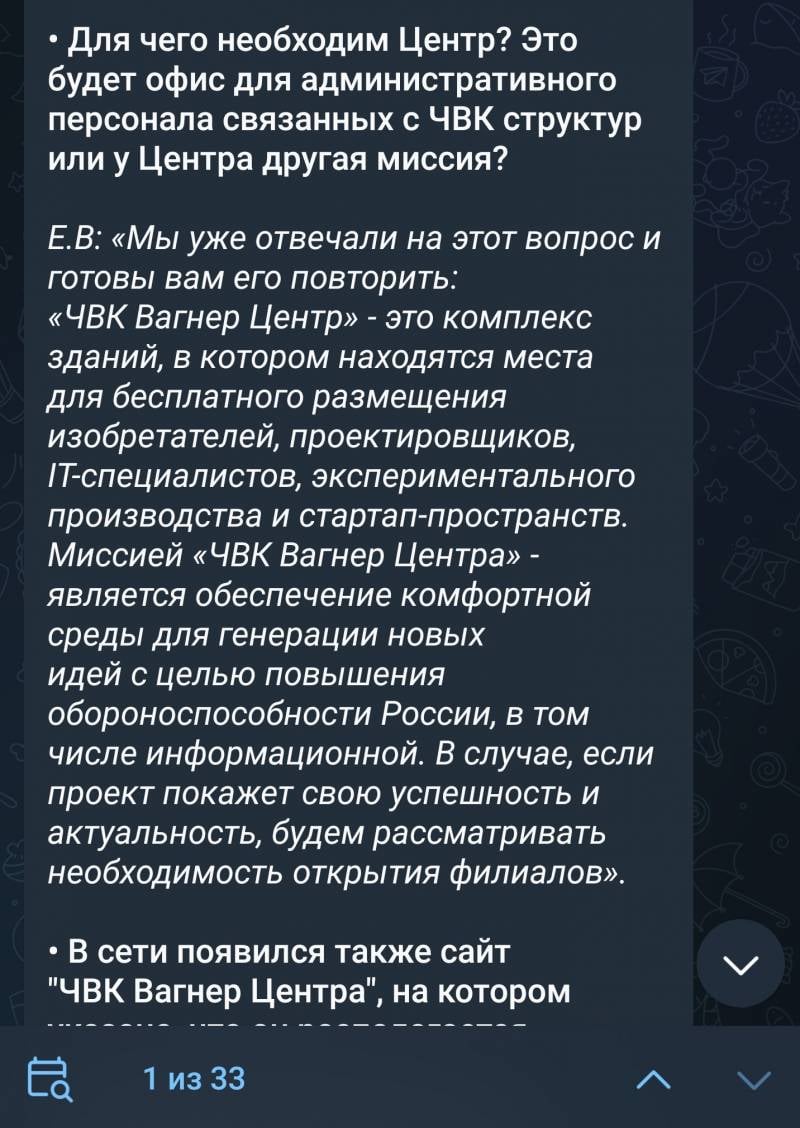
Screenshot from the telegram channel "Prigozhin's Cap"
Thus, it can be assumed that the situation in this direction has begun to change - PMCs will receive their weapons, but what kind?
Weapon Selection
What kind of weapons and armaments might a PMC need?
It largely depends on what tasks they have to solve. It is one thing to work in African countries, another is a real, full-scale military operation in Ukraine.
Nevertheless, certain trends can be identified based on an understanding of some of the features inherent in PMCs. These features can largely be attributed to special forces: increased mobility, stealth, efficiency, often problems with logistics, restrictions on the use of heavy equipment, lack of conditions for high-tech equipment maintenance (it is unlikely that PMCs will have the opportunity, for example, to restore " stealth coatings" on some ultra-modern aircraft).
Based on the foregoing, what weapon can be considered optimal for PMCs?
1. Of course, first of all, we can recall unmanned aerial vehicles (UAVs). One of the most effective tools for PMCs can be portable UAVs in the dimensions of a hand-held anti-tank grenade launcher (RPG), which will ensure the destruction of armored targets and enemy fortificationsand micro-drones designed to directly engage enemy manpower.
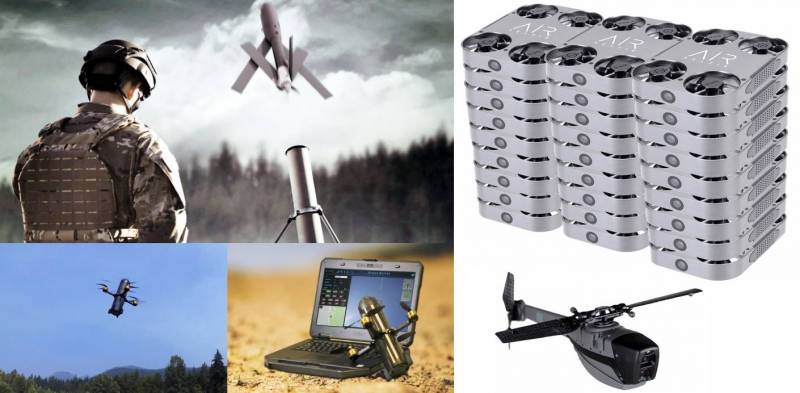
Mini- and micro-UAVs can become one of the most effective means of destroying armored vehicles and manpower, displacing RPGs, anti-tank guided missile systems (ATGMs) and small arms
2. The matter is unlikely to be limited to UAVs alone; in the arsenal of PMCs, unmanned surface ships, which are now being actively developed both on EastAnd by The West. For example, they can be used to solve the problems of countering maritime piracy, protecting ports and oil and gas production facilities located on the high seas.
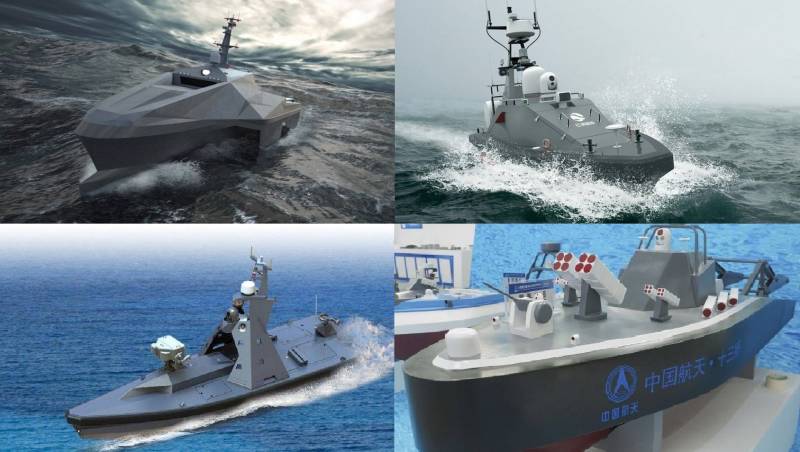
Unmanned surface ships are a new class of weapons that is currently at the very beginning of its development, but in the future it can have the same big impact on the format of naval battles as UAVs on combat operations on land.
3. Small arms remain one of the most effective means of destruction. Currently The US military is implementing programs to create a new generation of small arms, which could potentially tip the scales on the battlefield in their favor. If similar programs are being conducted in Russia, then nothing is known about them, while PMCs may well initiate development for their own needs promising small arms.
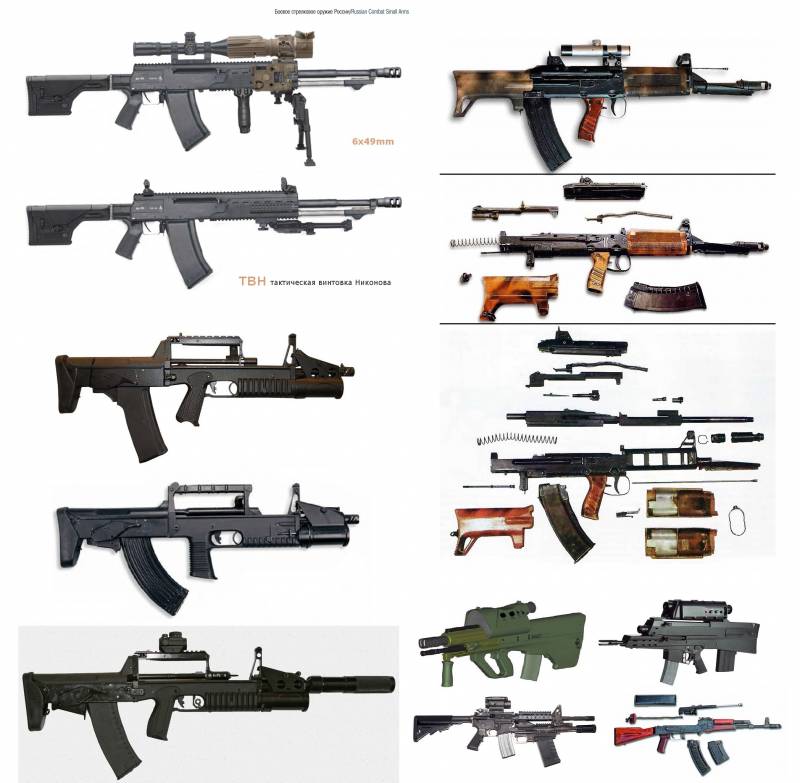
Who knows, perhaps it is the PMCs who will help the emergence of a new generation of small arms, which will subsequently replace the AK in the Russian army
4. The antipode of small arms and other means of attack is the means of individual armor protection (SIBZ). In principle, even now PMCs can legally purchase them (like ordinary citizens of the Russian Federation), as well as finance their development. However, the expansion of the scope of PMCs, an increase in their number, may become a factor affecting the intensification of development work in Russia technologies for advanced personal armor protection.

Promising technologies for creating SIBZ can significantly reduce the effectiveness of modern anti-personnel weapons and increase the survival rate of PMC personnel
5. To compensate for restrictions on the number of personnel in the framework of ongoing operations, to increase the secrecy of actions and the survival of PMC fighters will allow remote-controlled weapons modules.
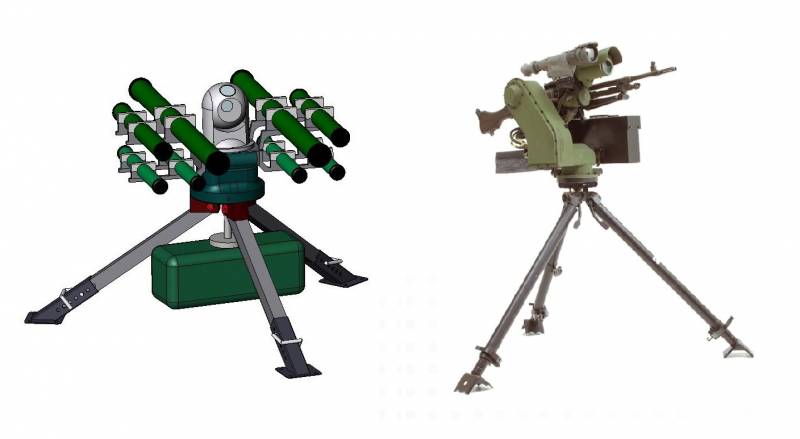
Remote-controlled weapons modules - automated firing points
For example, when defending an object, remote-controlled weapon modules can be the first to deliver a surprise attack on the enemy, diverting his return fire, forcing him to reveal his positions, which will allow PMC fighters to suppress them. In the course of carrying out reconnaissance and sabotage activities to destroy enemy supply lines, remote-controlled weapon modules will make it possible to stop and destroy the enemy column. The factor of surprise is on their side - remote-controlled weapon modules do not emit anything in the thermal range, which means that they cannot be detected using a thermal imager, including from UAVs.
6. PMCs can initiate the development and purchase of special military equipment capable of operating covertly and effectively without causing collateral damage, similar to that set out in the concept "tiger sniper".

Tiger-sniper concept designed for conducting high-intensity counter-terrorist operations with selective engagement of targets and minimal unmasking of firing positions
7. A new class of vehicles is currently being developed, such as jetpacks, hoverboards and hoverbikes. They are created by private companies, are at the initial stage of their development and are of little interest to the armed forces, however, they have great prospects.

Jet hoverbike concepts in passenger and unmanned cargo versions from Mayman Aerospace
Jetpacks, hoverboards and hoverbikes will significantly increase the mobility of ground units and will allow the use of new, previously impossible tactics.
For example, in the movie "The Best in Hell" you can clearly see how difficult it is to storm a building occupied by the enemy and prepared for defense. Using hoverbikes or jetpacks, a strike group can land on the roof of a captured building in a matter of seconds, breaking the enemy’s entire defense scheme.
And in the unmanned version, hoverbikes can provide operational high-precision supply and support for advanced detachments, and the evacuation of the wounded.
8. Airships and balloons. Rave? Absurd? Why do they need PMCs?
And then, that there is no better means for long-term patrolling of vast territories in conditions when the enemy does not have means capable of hitting air targets at an altitude of more than five kilometers. And the thermal footprint from the airship will be zero - hitting it with a "classic" portable anti-aircraft missile system (MANPADS) with infrared (IR) guidance is impossible in principle.
For example, an unmanned airship with reconnaissance equipment can monitor the area around a group of oil platforms for months, identifying potential threats in a timely manner. It does not require gigantic dimensions or ultra-high technology. And the cost of an hour of flight for an airship will be minimal compared to any other types of aviation equipment, including UAVs.
Conclusions
The above list is only a small list of areas for the development of weapons, military and special equipment (AMSE), as well as technologies to which PMCs can potentially "have a hand". Small-sized man-portable anti-aircraft missile systems (SAMs) were left out of the brackets, surpassing modern MANPADS in terms of characteristics, but capable of covert movement and deployment.
A separate and complex topic is small aircraft, attack aircraft with screw propellers, inconspicuous for infrared homing MANPADS, as well as light helicopters, with a minimum cost of an hour of flight and the highest maneuverability - they have so far been deprived of the attention of the Russian aviation industry.
There is no doubt about one thing. PMCs can seriously "cheer up" the Russian military-industrial complex in terms of developing promising military and military equipment. Over time, the effect of positive feedback will become more and more pronounced - PMCs order the development and acquire new weapons and military equipment, the effectiveness of PMCs increases, they better solve the tasks assigned to them, expand the scope of the PMC services market, their funding increases, part of it goes to the development of new weapons and military equipment, the cycle repeats...
In addition, having received additional funding, having mastered new technologies and creating promising models of military and military equipment, the Russian military-industrial complex will also develop new sales markets, ousting our enemies and competitors from there.
In turn, the synergistic effect from the supply of weapons and military equipment and the activities of PMCs will contribute to the expansion of Russia's political and economic influence on the world stage.
All of the above is quite realistic, provided that Russian PMCs are legalized and their activities are supported by state institutions, as well as with deep interaction with the Armed Forces of the Russian Federation.
The NWO in Ukraine showed that the world has entered the next stage of its development, diplomacy is over, and military actions will become the main way to solve problems in the international arena. We must be ready for this.
Information